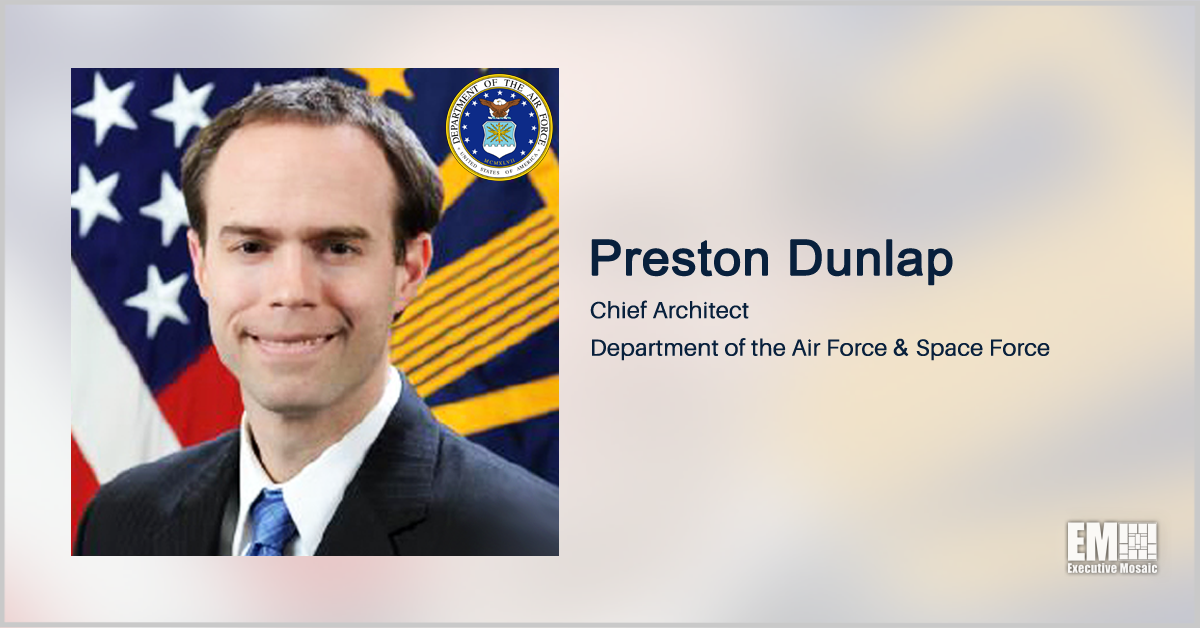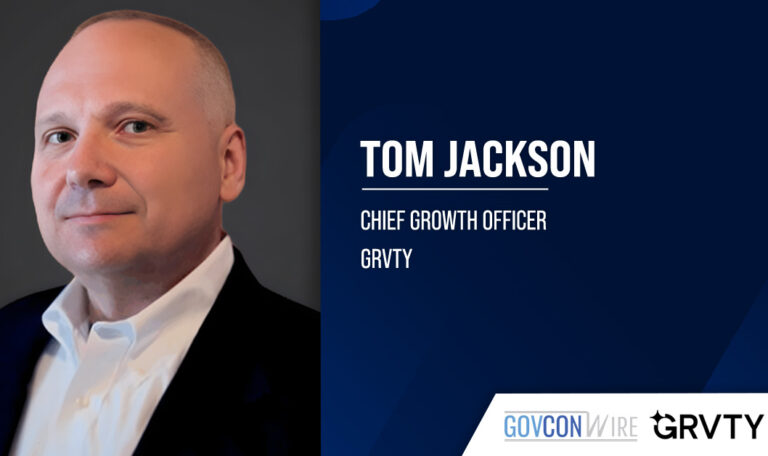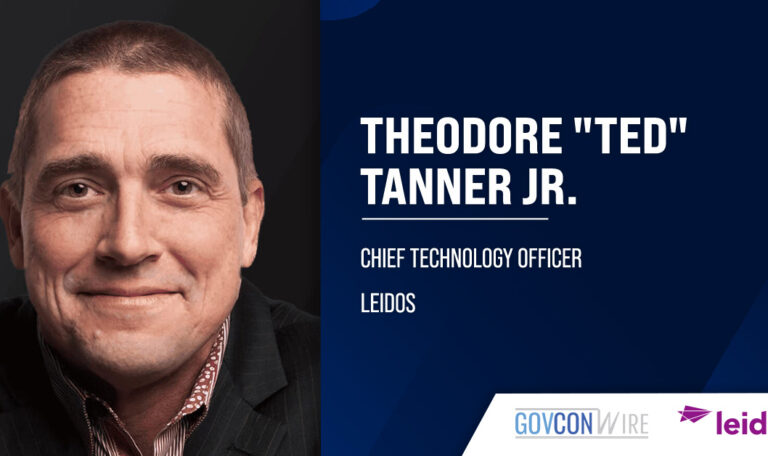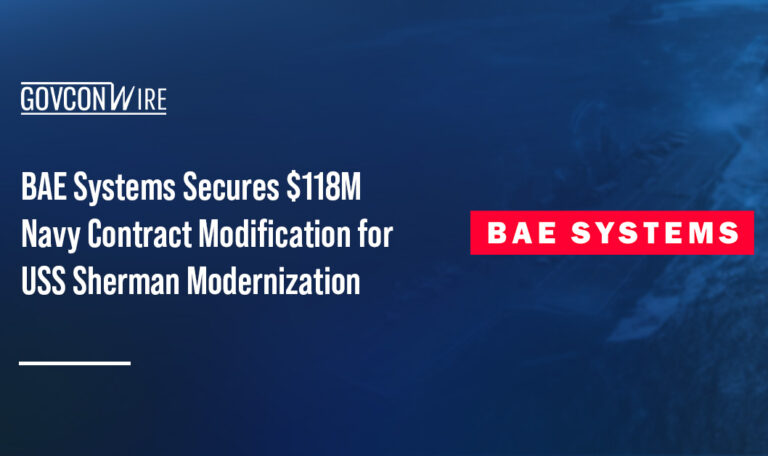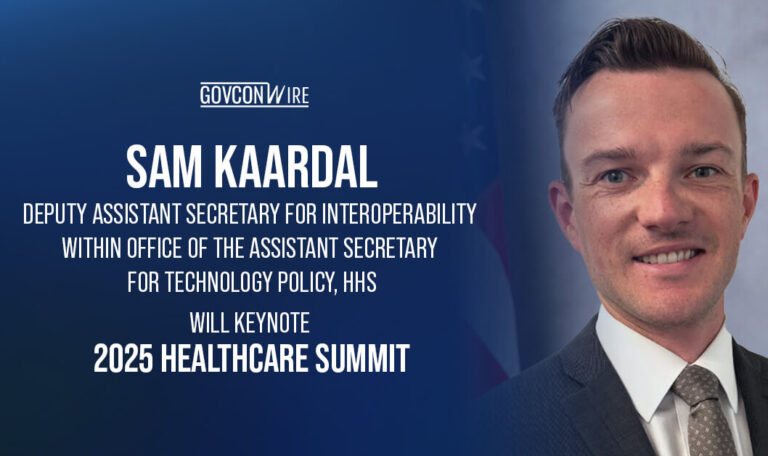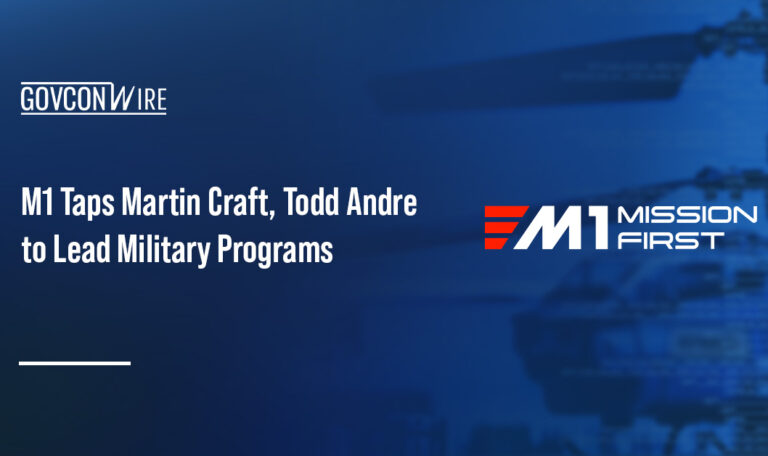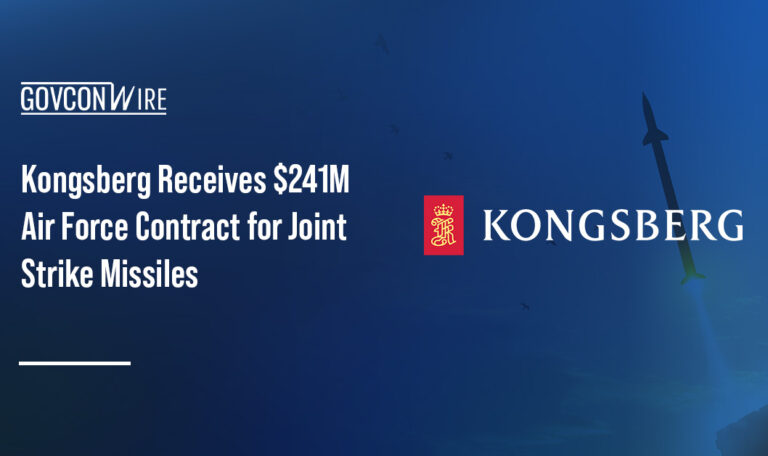Preston Dunlap, chief architect for the Air Force and Space Force, recently spoke with GovConWire for an exclusive Q&A session regarding the first phase of delivery for Joint All-Domain Command and Control (JADC2), the speed and timing challenges of technology development, the future of network modernization and a lot more.
Dunlap will also be featured as the keynote speaker during Potomac Officers Club’s upcoming Building the Future Battle: The Keys to JADC2 virtual forum on Tuesday, Aug. 31st.
Visit PotomacOfficersClub.com to register for the event to learn more regarding the fundamental principles and solutions needed for JADC2 implementation, including the tactical edge, a common data fabric and the decision advantage.

You can read the full Q&A session with Preston Dunlap below:
Executive Mosaic: As DOD enters into the first phase of delivery of JADC2, what are the initial challenges of implementing new capabilities such as identity control access management, artificial intelligence, zero-trust cybersecurity, open source and data transport capabilities?
“I think the opportunities and challenges are representative across the entire Department of Defense (DOD). It’s the ‘J’ in JADC2 that’s a key opportunity and historically a perennial challenge. I would bucket challenges into three different categories.
Bucket one is vision. Can we imagine and then grasp the technological opportunities that we have at our doorstep today? The second lens of the overall vision is if we can see what we’re facing. Do we see what our adversaries are adopting and the threat inherent in the speed of their implementation?
The second bucket is technology adoption. If the technology exists, how do we integrate or modify the tech at speed and scale – and move through acquisition and funding procedures – so that we can adopt relevant tech before it becomes irrelevant tech.
I say adoption here, because JADC2 must leverage and adopt to as great extent as possible technologies that recently haven’t been core competencies to DOD, but have been significant competencies in the commercial world such as networking, data, cloud, infrastructure, and artificial intelligence.
This leads me to the third bucket of challenges, which is operational integration. On paper, if you have the right vision (bucket one), you’re aware of the potential threats and opportunities available as you work to adopt the needed technologies (bucket 3), how do you change the way you operate in a way that leverages these capabilities?
Also vice versa, how do our creative operators shape what technologies are needed and where they’re needed? In other words, you need tech push and operational pull.”
Executive Mosaic: How will federal agencies adapt to the speed and timing challenges of working to improve our acquisition strategies and the acceleration of producing minimum viable products?
“In addition to the challenges I mentioned in my answer to your first question, I haven’t met anyone who doesn’t believe that speed is an important factor. And, we need that speed moving in the right direction. We also need to recognize that agility is going to be pivotal. Speed, direction, creativity, and agility are crucial to our operational advantage as a military.
I mentioned that we must know our technological opportunities and those of our potential adversaries. However, we’d be foolish to think we can precisely predict what tech will be available to us in the future or what capabilities our adversaries may have. In that sense, both speed and agility are going to be significant. How can we adapt? Have we built our systems to adapt? How fast can we adapt?
A few areas come to mind here that must be addressed in order to unleash creativity, unlock adaptability with a biproduct of acceleration. These will probably be statements of the obvious for anyone who has been around defense for long.
The first is ‘thinking differently.’ We tend to think on a linear path from requirements, planning, programming, budgeting, and executing. There have been a million papers on why the linear approach – sometimes called ‘industrial age’ or ‘Cold War’ acquisition – has to change, but I think the first thing we need to recognize is that we can’t continue spending our time admiring this problem. Instead, we must dive into the deep end, understand it, fix specific problems, and move on to the next challenge.
The second is ‘thinking holistically.’ If you think about technology as being something that matures and grows, we need to think about dynamically acquiring dynamic systems and not merely making one static product or platform work for decades.
The third is ‘thinking in slices.’ This directly hits your question about minimum viable products. You build the smallest thing that works and then expand it. In other words, you stack up slices of capability over time instead of waiting for one ‘big bang’ moment that may never come.
Thinking differently, thinking holistically, thinking in slices of capability are some of the ingredients to super charging our acquisition system to deliver operational capabilities faster.
I hope to provide some more in-depth examples during next week’s keynote on Building the Future Battle: The Keys to JADC2 with Potomac Officers Club.”

Executive Mosaic: From an architecture perspective, how will the Air Force and other military branches be able stay on the same page while each branch is creating its own decentralized infrastructure with open platforms such as hybrid cloud? What is the best way forward to ensure balance among all our military branches and provide capabilities for all our warfighters?
“Of course, that’s a great concern to all of us I would imagine. Let me step back for a moment. Step One: we need a government team that understands both operations and the technology at hand. That means we can be good, smart partners with commercial industry and match tech with operational needs. I think that’s a critical foundation. If we start building from there, there will be two main components.
If you have an educated visionary tech-smart, operation-smart government team working with industry, then Step Two: you can actually build reference architectures that put down on paper – or rather ‘digital paper’ – how systems work together and operate with each other and how capabilities can interface.
When you have that plan, you can pick out specific solutions that have the greatest chance of working effectively and avoid those that won’t because you actually have a digital blueprint.
Smart government customers in partnership with industry lays the foundation for a digital blueprint that works. Then Step Three: we must understand that great designs on paper may actually be ineffective designs in reality. But how do you know?
To address this, in the Air Force and Space Force, we also deliberately started a new process called ‘Architecture Force Integration’ events multiple times a year in order to test integrated architectures against operational mission threads.
Though these sometimes contain demonstrations or experimentation to burn down risks or evaluate specific potential capabilities, the goal is moving all nearly $65 billion of the Department of the Air Force programs forward along an arc of operationally driven innovation.
These not only force momentum and accelerate technology adoption and integration across the force, but also provide regular opportunities to check vectors and ensure we’re moving both expeditiously and effectively across services.
More to follow on Tuesday.”
Executive Mosaic: With the current set of challenges we’ve discussed and additional speedbumps like network modernization and intelligence, what are your expectations for JADC2’s development over the rest of 2021, for next year and beyond?
“The progress from a year ago relative to today ought not satisfy us but should encourage us. It’s extremely difficult because this isn’t the way government is used to working nor is the system and organizational construct necessarily optimized to move at the speed and scale demanded by the operational imperative.
Technology provides the opportunity to be able to go lots of places rather quickly, metaphorically speaking. Through heroic efforts to accelerate change in the Department, the door of innovation is open.
But it opens to a passage we’ve become a bit unaccustomed to. Now, we must walk into it and be ready and willing to change and adapt the Department of Defense just as much and as fast as technology is adapting. At the moment, that passage leads to a promising path. But, if we don’t move rapidly in the right direction, we may not be ready to face what’s lying in wait for us on the other side.
I’ll leave that there for now. More to come during my keynote address.”

Preston Dunlap will deliver a keynote address during Potomac Officers Club’s upcoming Building the Future Battle: The Keys to JADC2 virtual forum on Tuesday, Aug. 31st.
His keynote will be followed by a Keynote Q&A session and a panel discussion that Kate Mercer, a vice president of Booz Allen Hamilton, will moderate and will feature both Dr. George Ka’iliwai III of the U.S. Indo-Pacific Command and Col. Matt Strohmeyer of the Center for Strategic and International Studies as panelists.
Visit PotomacOfficersClub.com to register for this virtual forum that will answer any questions you may have about the future of JADC2 development and future battles.


